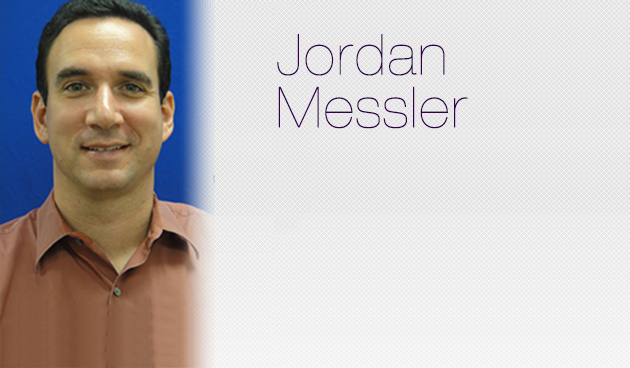“Physicians deemed unnecessary, ½ of all hospitals expect to be using artificial intelligence technology by 2020. Medical schools begin to shutter.” (See New England Journey of Medicine 2016.)
“Social worker of inner city hospital found to be the most cost effective position in the system, promoted to CEO.”
“Patients HCAHPS surveys determined to be filled out by their pets 90% of the time. Industry chief states this improves surveys have never been more accurate and recommends tying 100% of salary to Rover’s results.” (See webofliesmd.com for those last two.)
So ran some Facebook headlines from my Macedonia buddy. Makes me long for the days of getting duped by The Onion. Fake news, as opposed to satirical news, is the latest virus infecting the web. They travel online faster than Usain Bolt. We are passed the era of truthiness and into the realm of post-truth. With newspaper subscription rates declining faster than ever, the search for real news gets harder and harder.
Truth can always be bent in the spin room with your facts and my facts. But we’ve entered a land where purposefully planted false ideas become truth bombs. Smashing reason into oblivion, lies become normalized. This is an Orwellian Ministry of Truth whose intent is to spread misinformation and doublethink.
“Lies travel around the world while the truth is putting its shoes on.”
This quote is from Mark Twain. Or maybe not. The perfect quote to involve misattribution.
Medicine should be our escapist bunker from the land of Pinocchios. Can medicine and science maintain its hold as the bastion of veracity in the world of falsehood? Our job is based on the search for answers, the correct diagnosis, evidence-based medicine, the truth. Right?
Yet, I find we also visit the land of make-believe, where the art bests the science, the subjective beats out the objective, the placebo duels with the nocebo, and the truth is hidden.
From patient to patient, it is a tough science. You say admission; I say home. You suggest consultant; I say none needed. You tell the patient pulmonary embolism; I review with the radiologist and determine that clot is not significant and the anticoagulation that 3 physicians thought was necessary is discontinued.
Recently, I was struck with the headline of a cellulitis study determining that 30% of skin infections are incorrect, confirming prior studies. Skin infections seem to be a fairly clear diagnosis, with new erythema, fevers and often clear nidus. Yet, given the 150-200 cases of cellulitis my group sees each year, that could be 50+ incorrect diagnoses just for this DRG. What?
We’ve all admitted that bilateral lower extremity cellulitis, with normal white count and no fevers, and are unable to convince anyone that it is stasis dermatitis. The redness improves with elevation, and everyone’s convinced the antibiotics did the job. There is also the DVT or gout mislabeled as cellulitis. But 30%?
Then we can go down the list. We are wrong in so many basic areas:
- 20% of autopsies reveal diagnoses previously unknown.
- Basic chest x-rays may have up to a 20% error rate.
- 1 in 4 pulmonary emboli are overdiagnoses.
Case in point: a family member recently developed progressive vision loss. The primary physician sends him to an eye physician, who was unsure of the cause. Then a retina specialist confers with the corneal specialist and sends him to a neuro-ophthalmologist. Several tests later reveal a diagnostic windfall: positive retinal and optic nerve antibodies. Perhaps malignancy triggered or autoimmune or neither? What followed were an oncology referral, rheumatology evaluation, and then tertiary care center evaluation.
Turns out the antibody tests were false positives. Everybody who had one of those antibody tests done was positive. In the end, a likely simpler horse diagnosis and no zebra.
These aren’t lies (unless the tests run through a Theranos Edison machine), but rather layers of misinformation. We live in a land of false positive and false negatives – different than false news. But we still dance on the margins of the truth, where truth hides in the dark corners of the ballroom before being pulled into light. Might as well roll out the leeches, astrological findings, or simply flip a coin.
We don’t trust our quality data, we don’t believe the chart, patients lie to us and then take their medications only half the time… And then, things we know are true – like the benefit of vaccinations – are not believed by 10% of the population.
We need to search out for the truth, hang on to it for dear life, and then stay afloat while being drowned in a sea of misinformation.
So how can we be sure we stay on course to keep truth alive? How can we do better?
I will tackle those questions in the next post.
After all, truth, hence trust, keeps that social contract between physicians and patients alive. And in the real world, I would suggest weeding out the fake news on Facebook and supporting your local journalists.
Buy a newspaper.



Leave A Comment